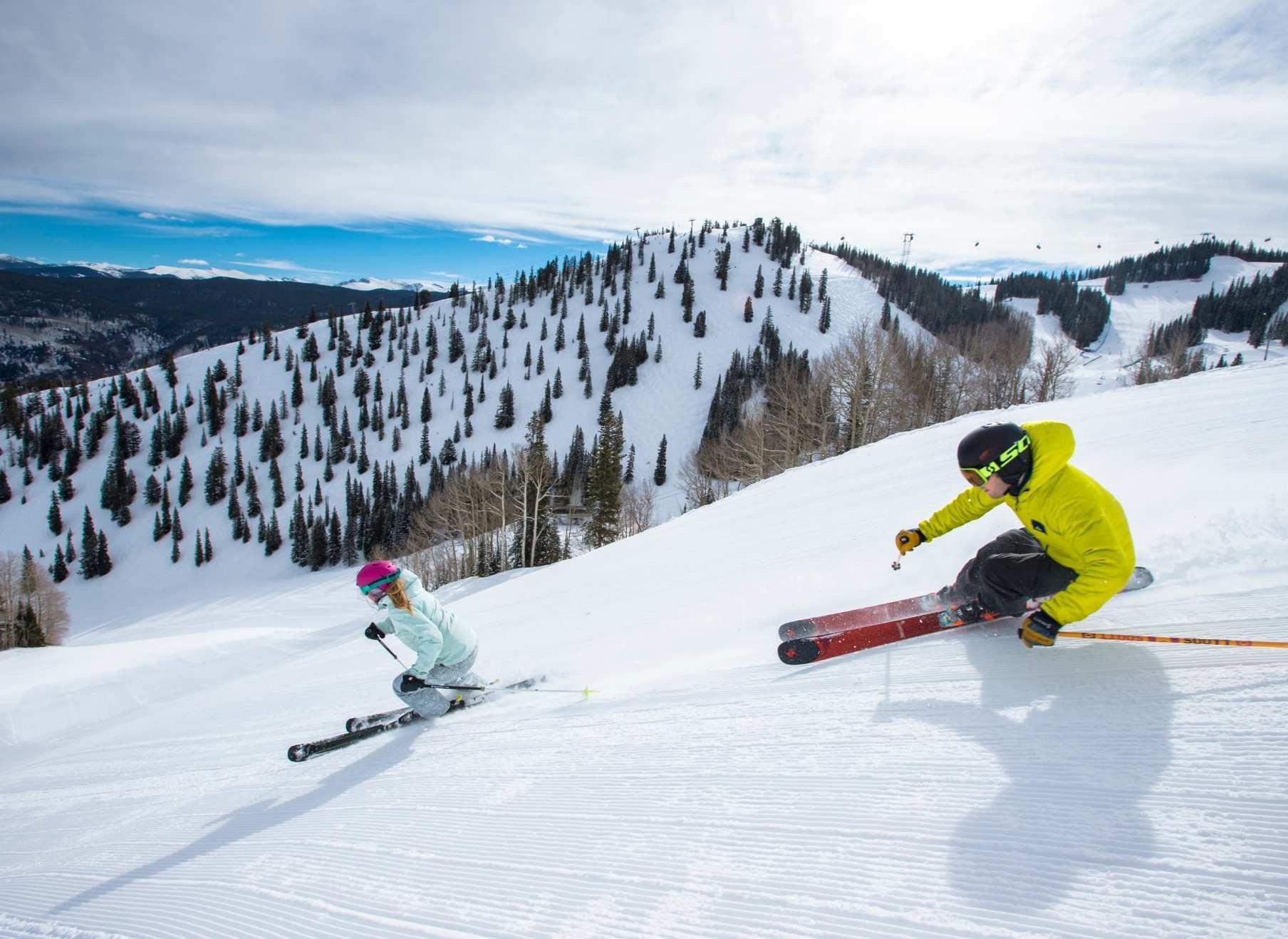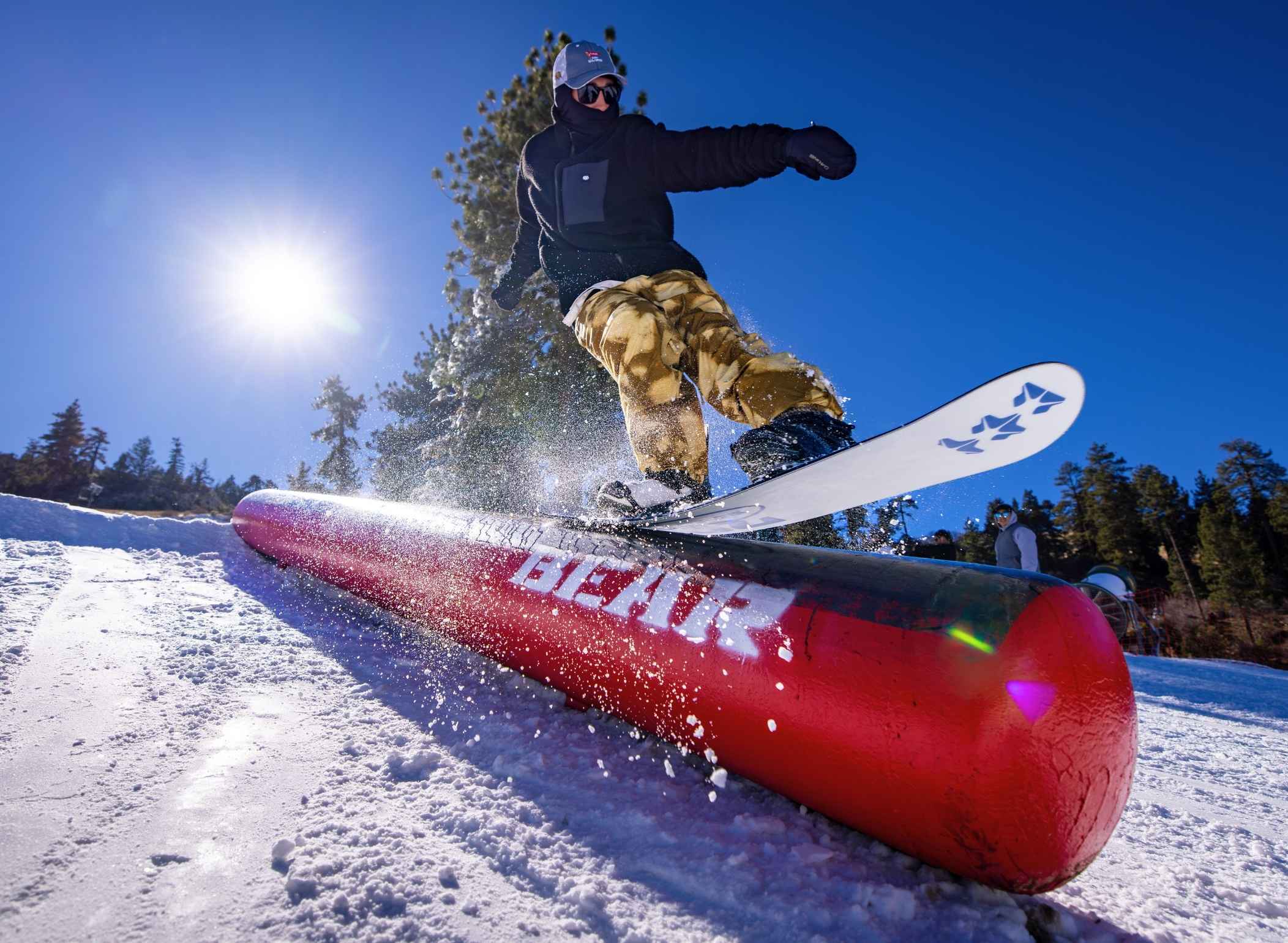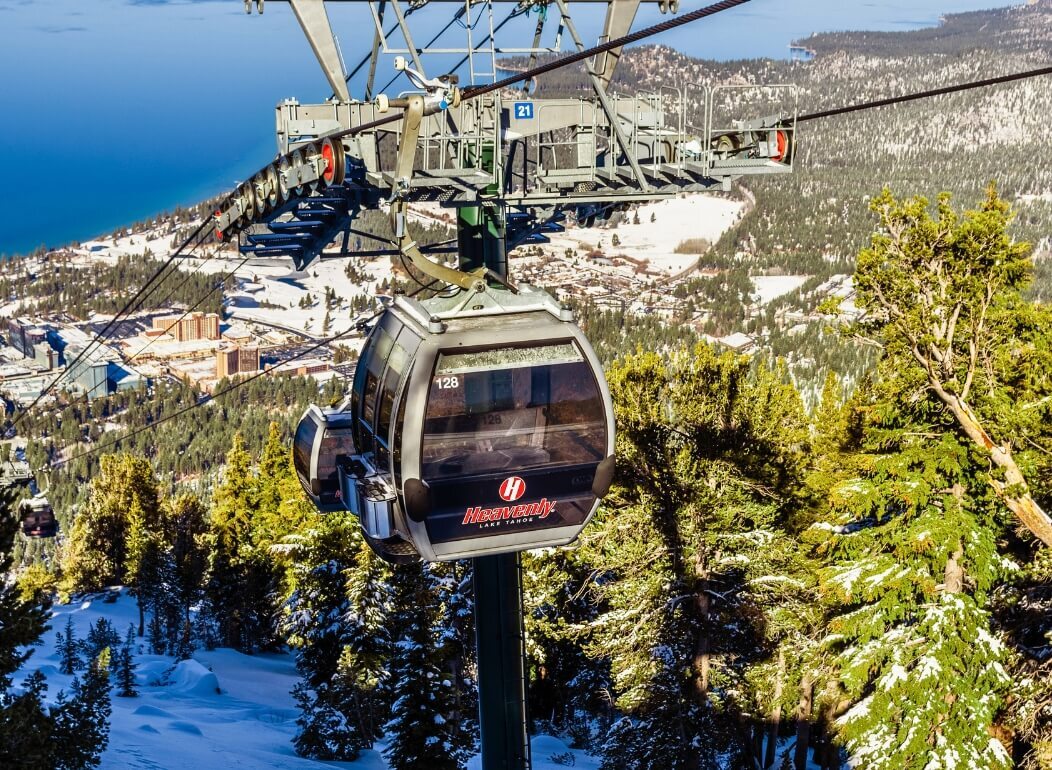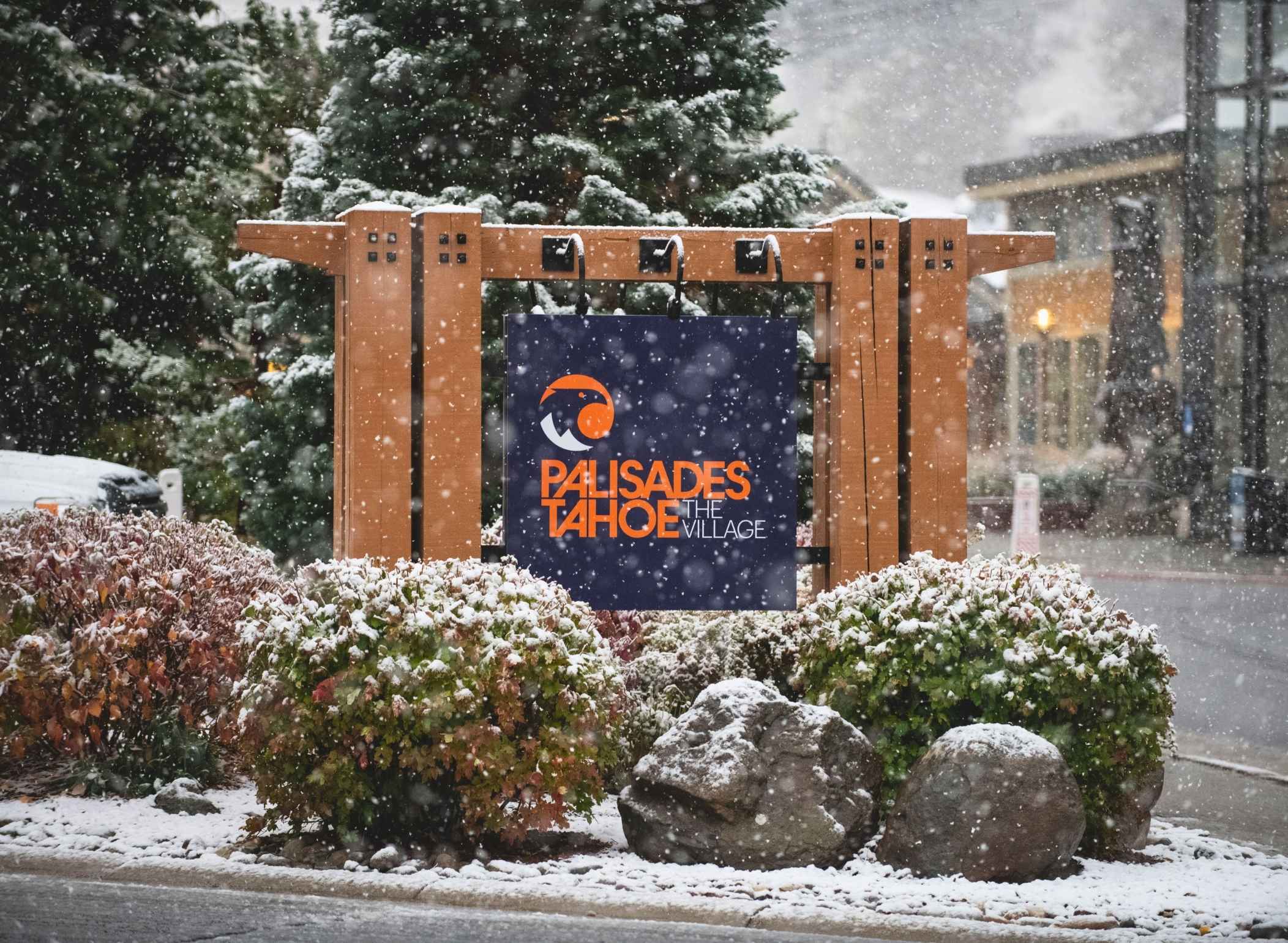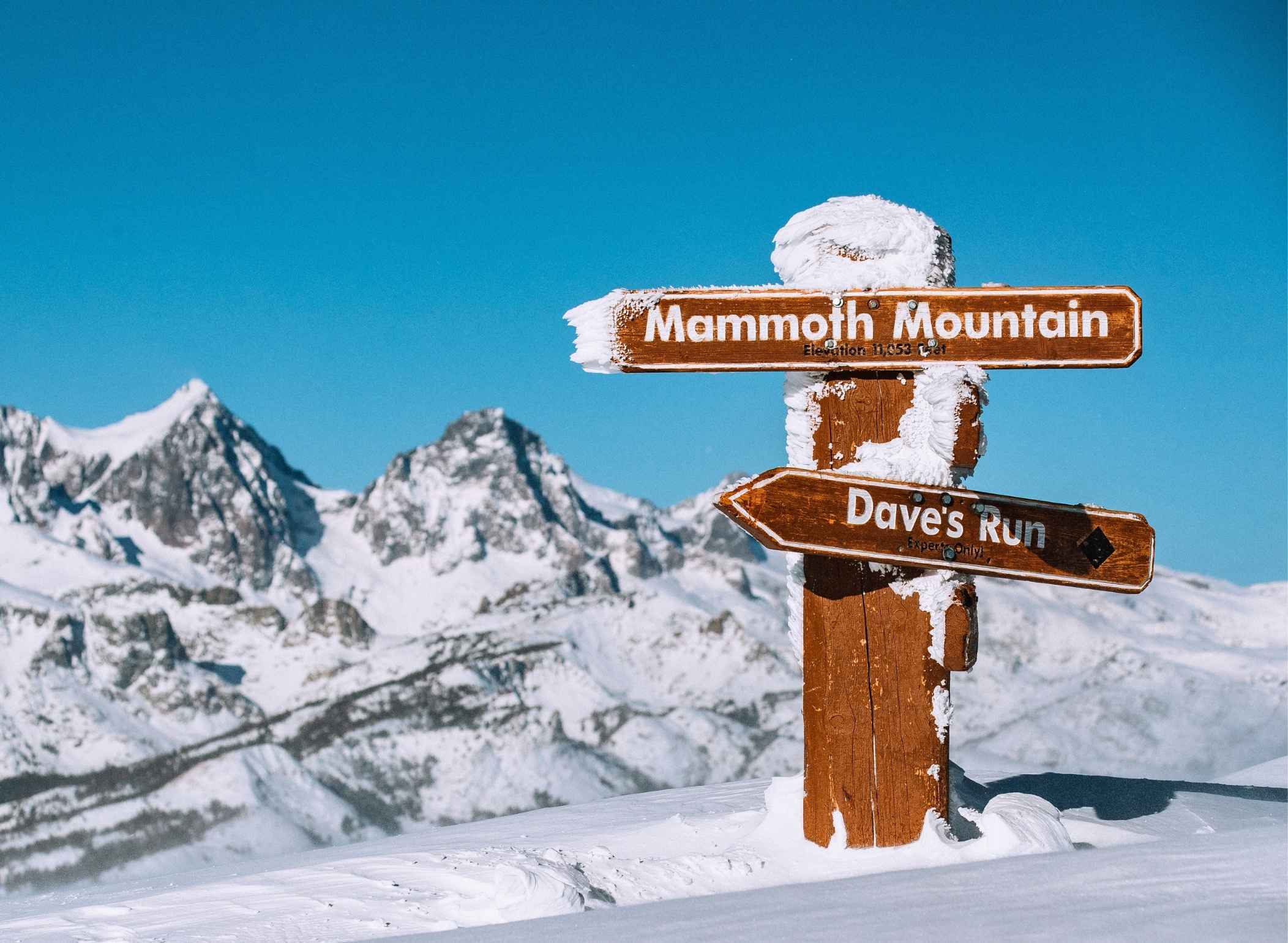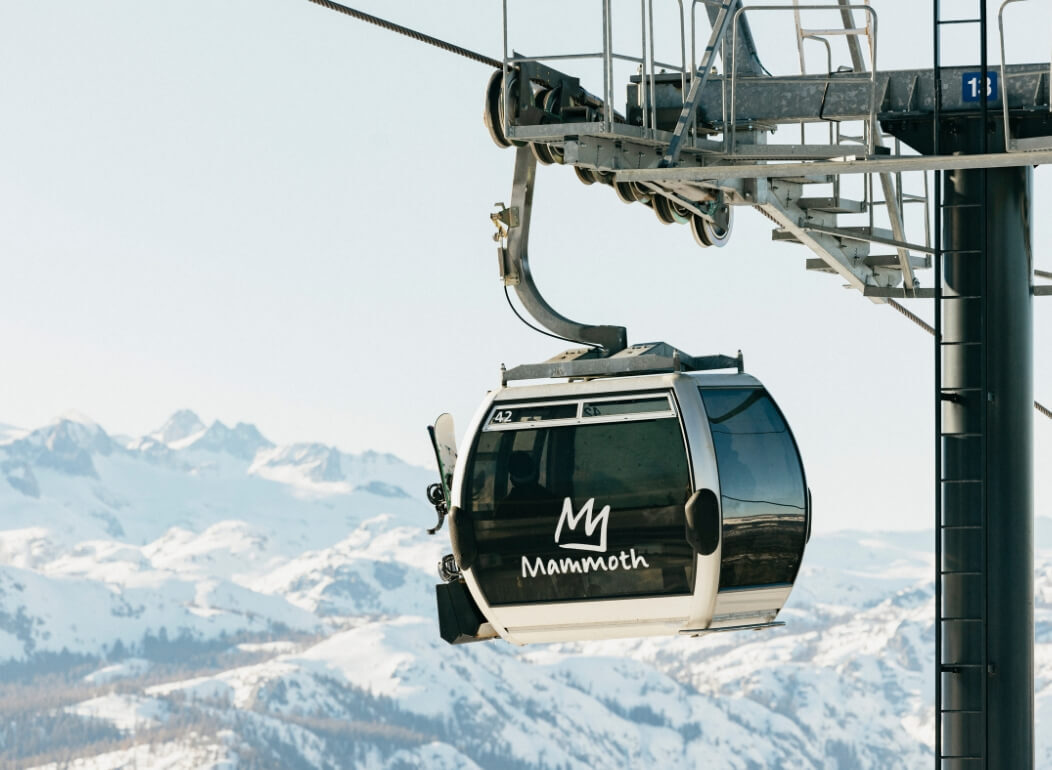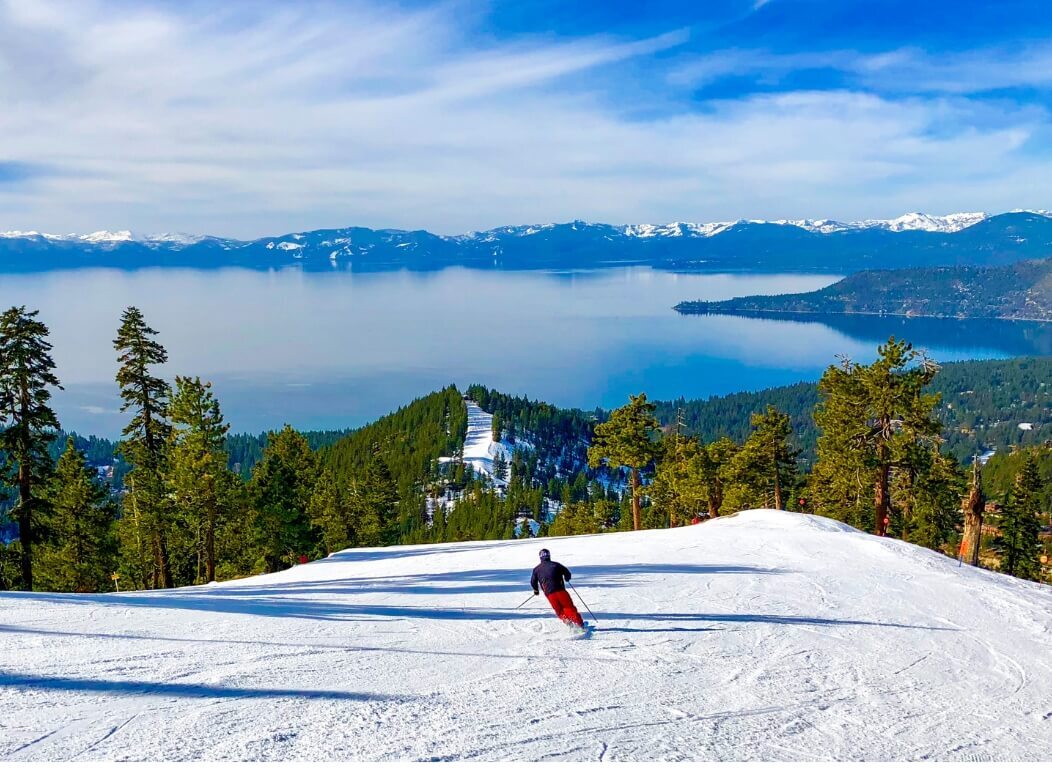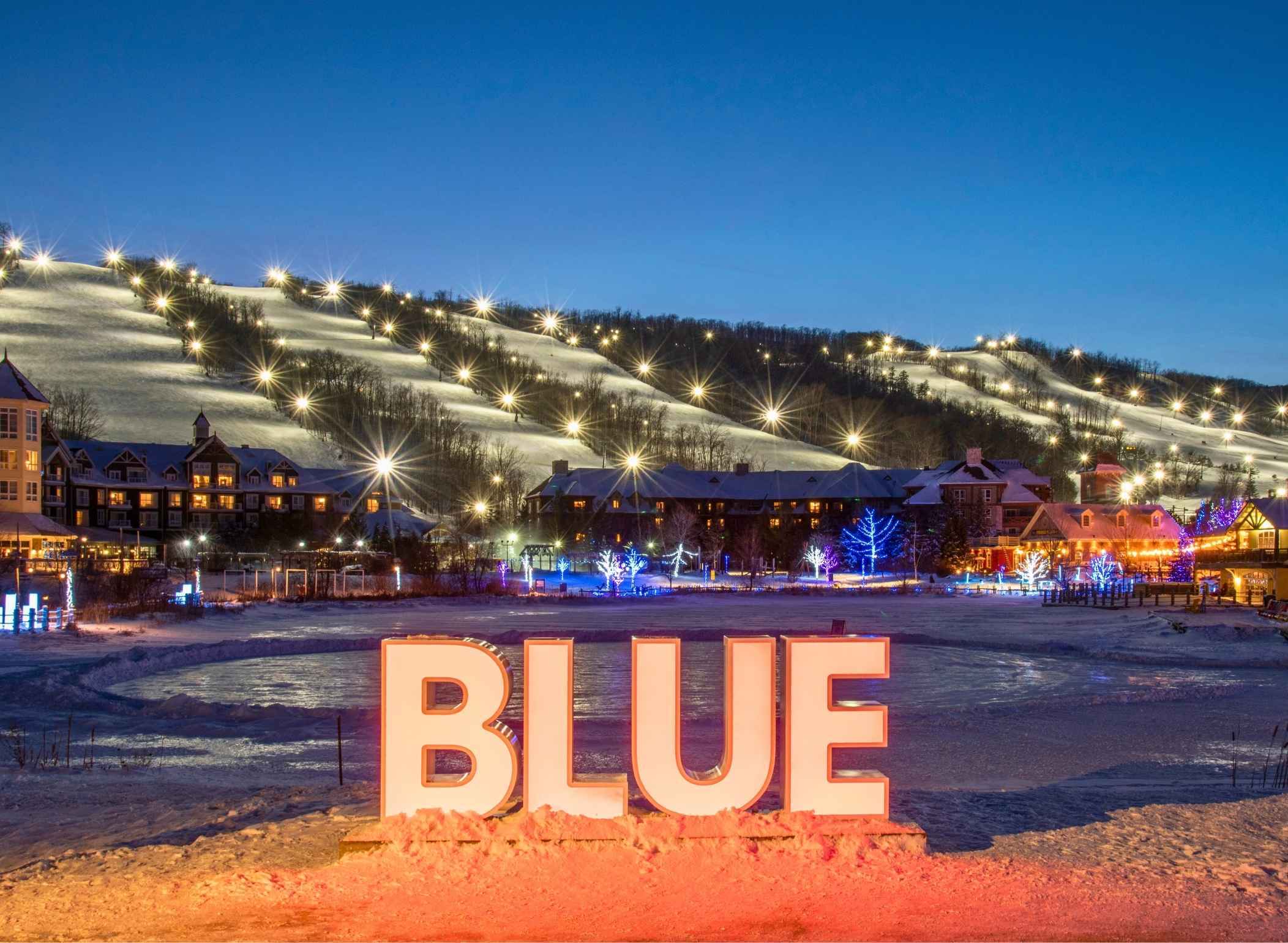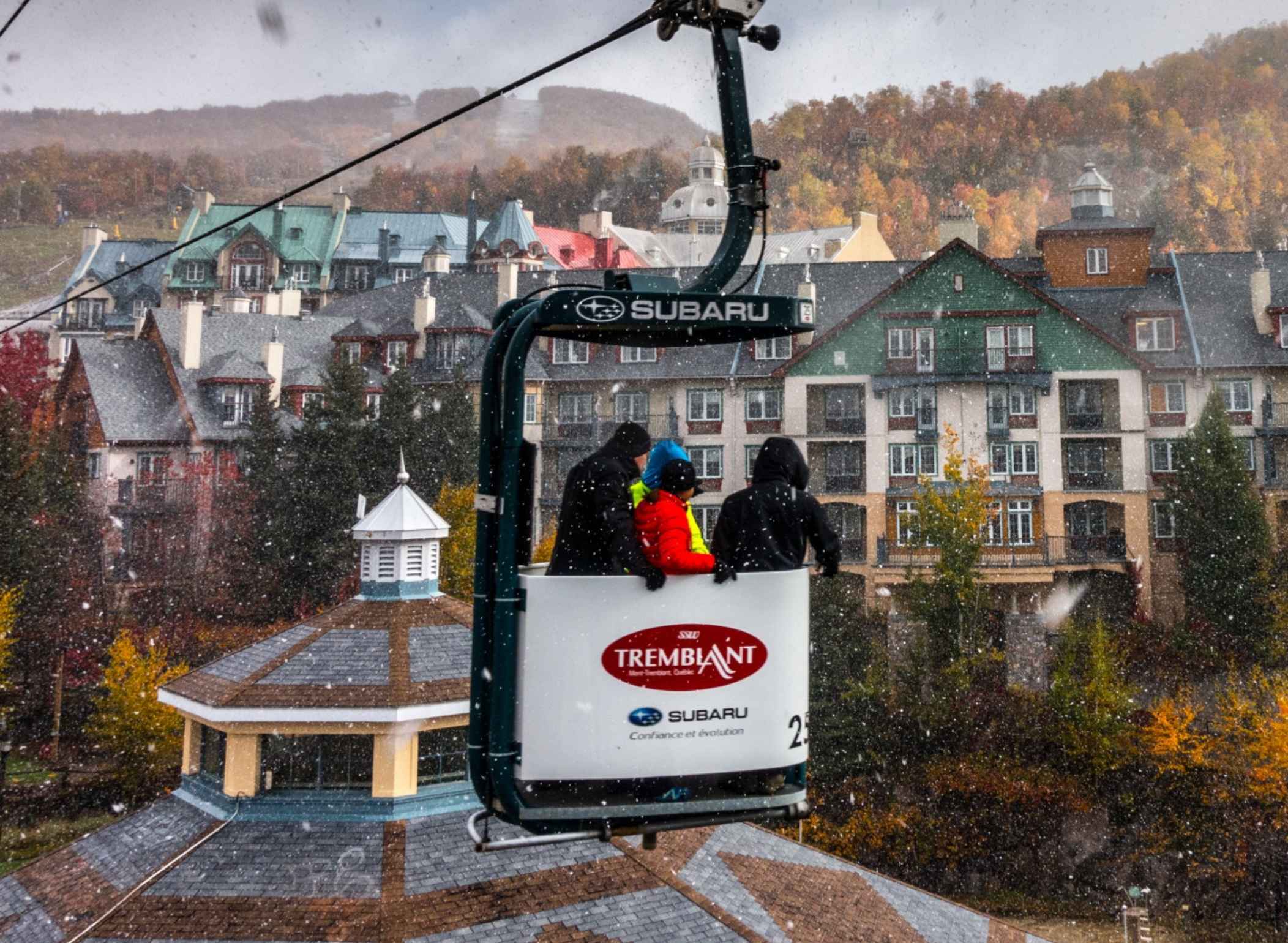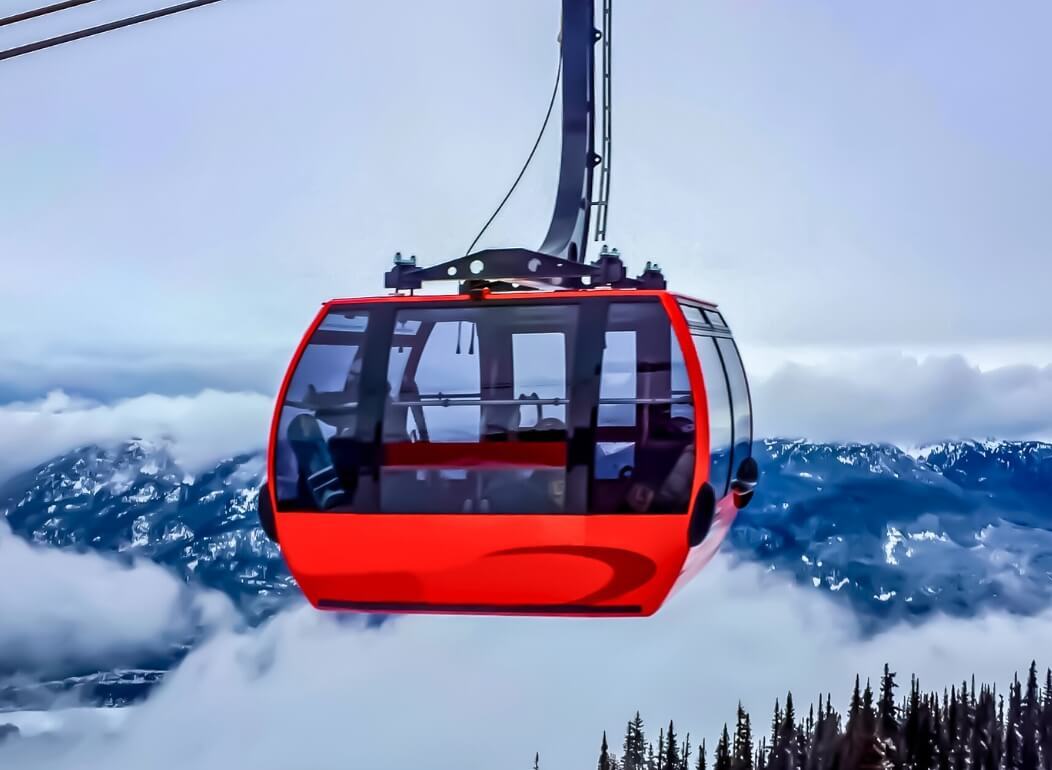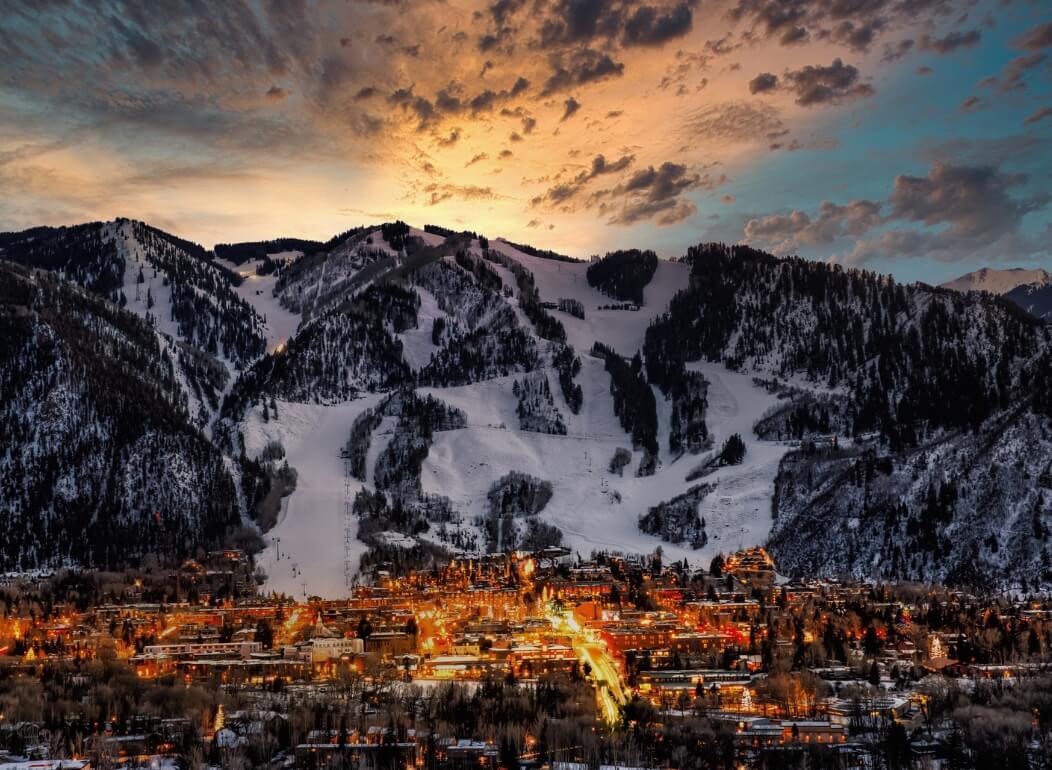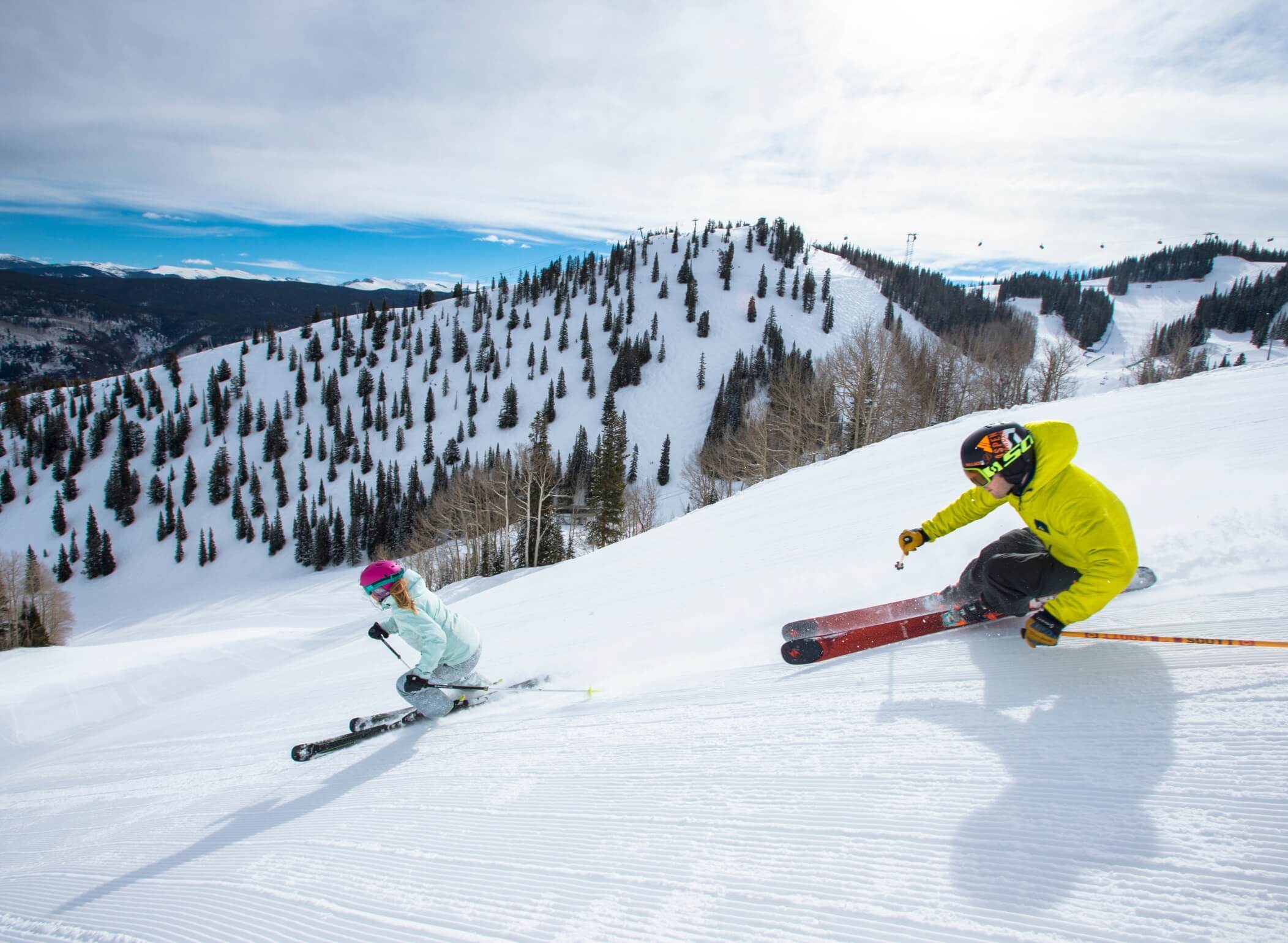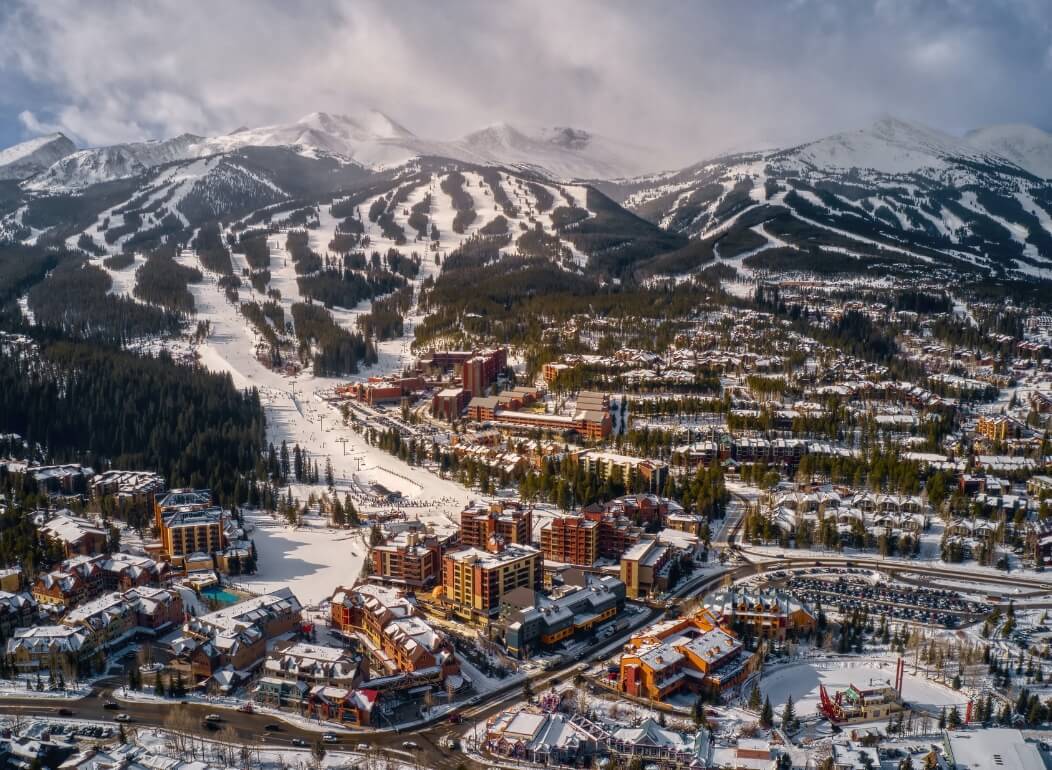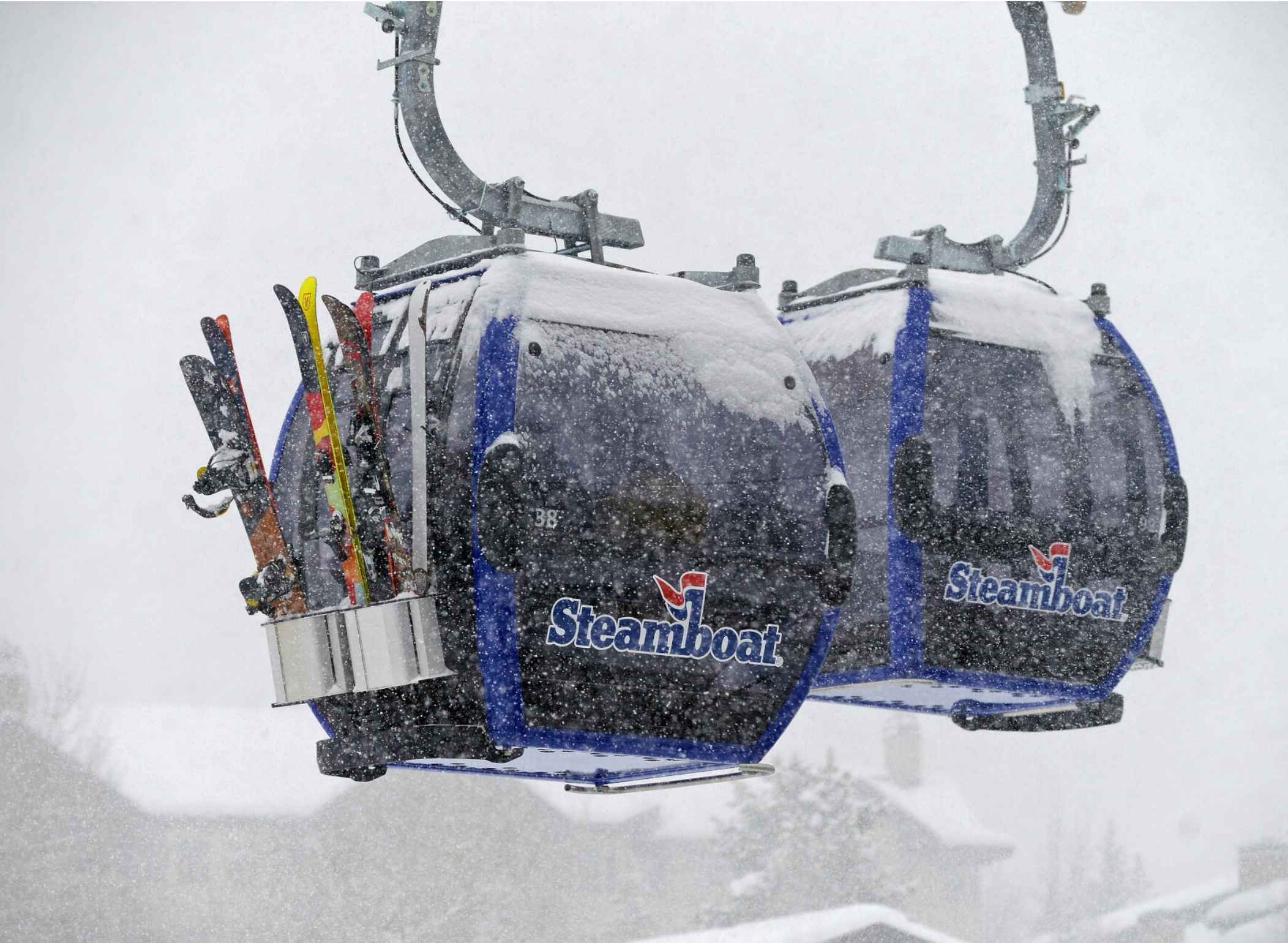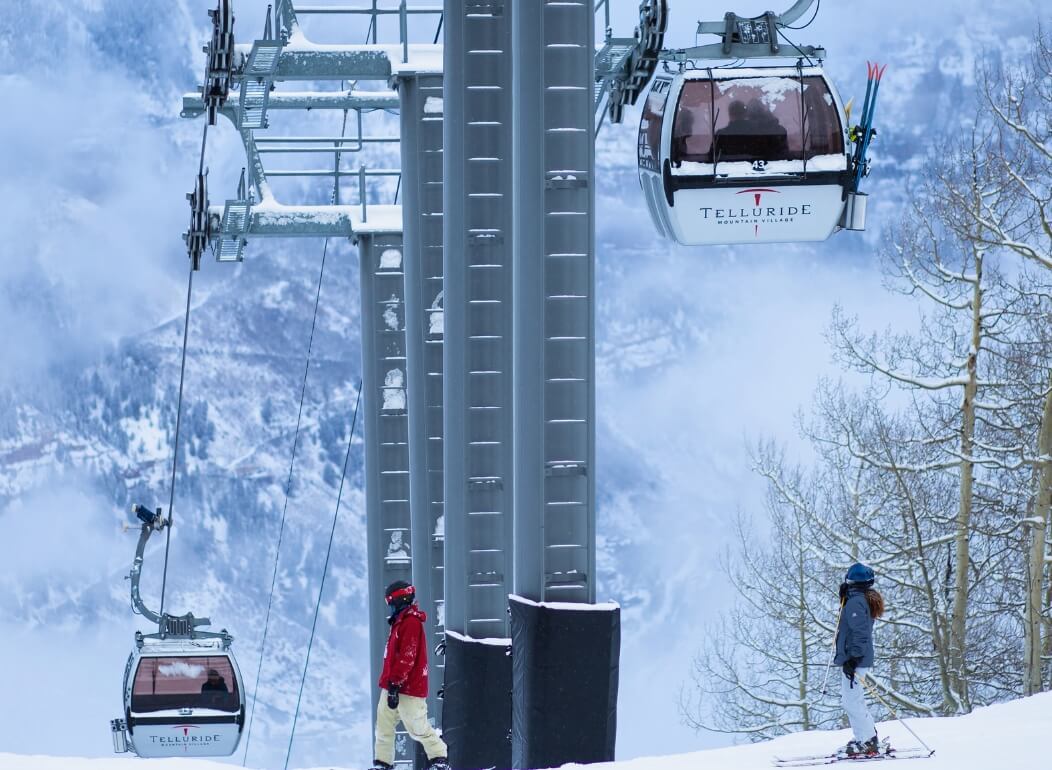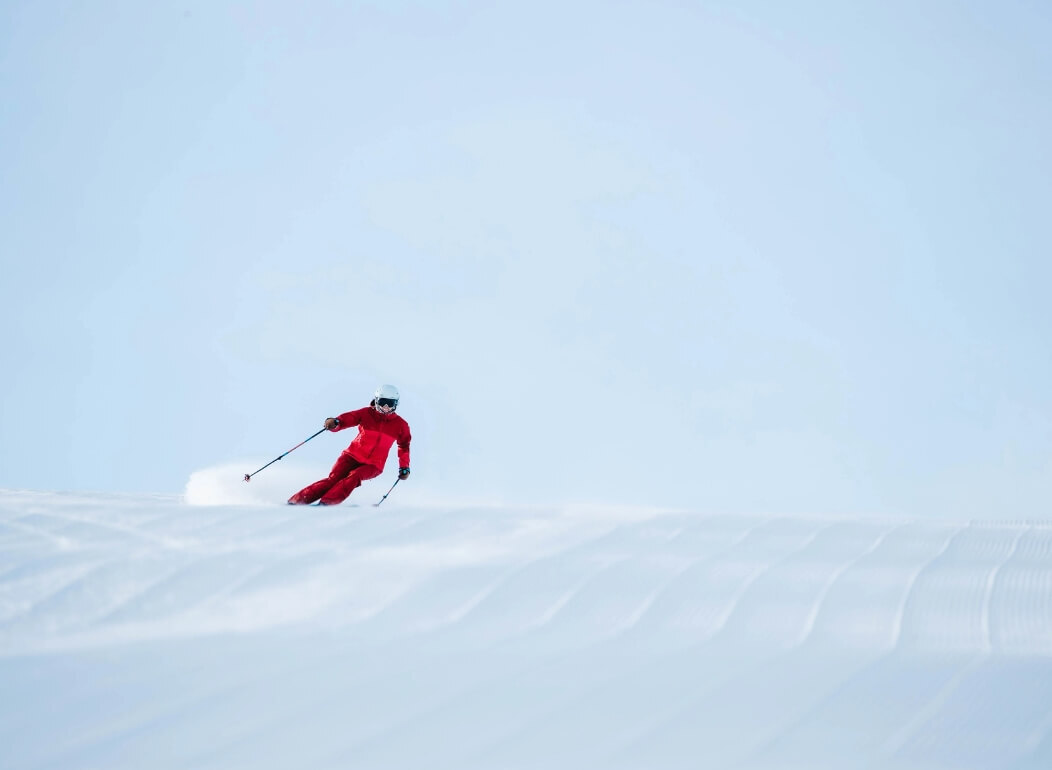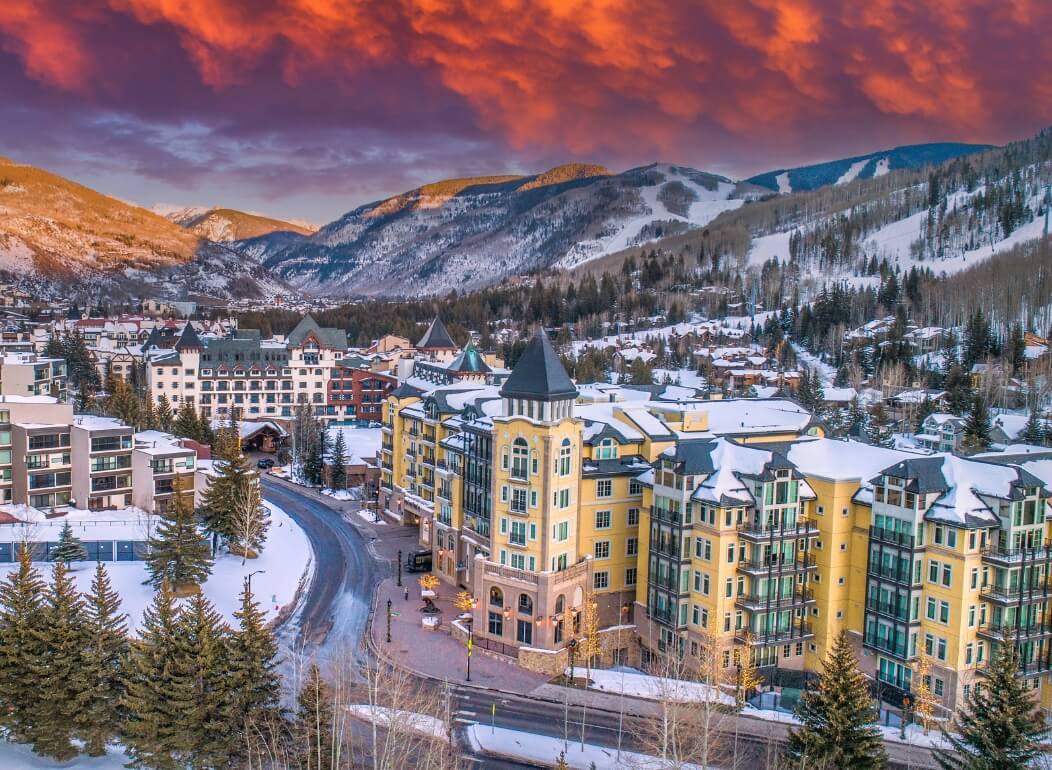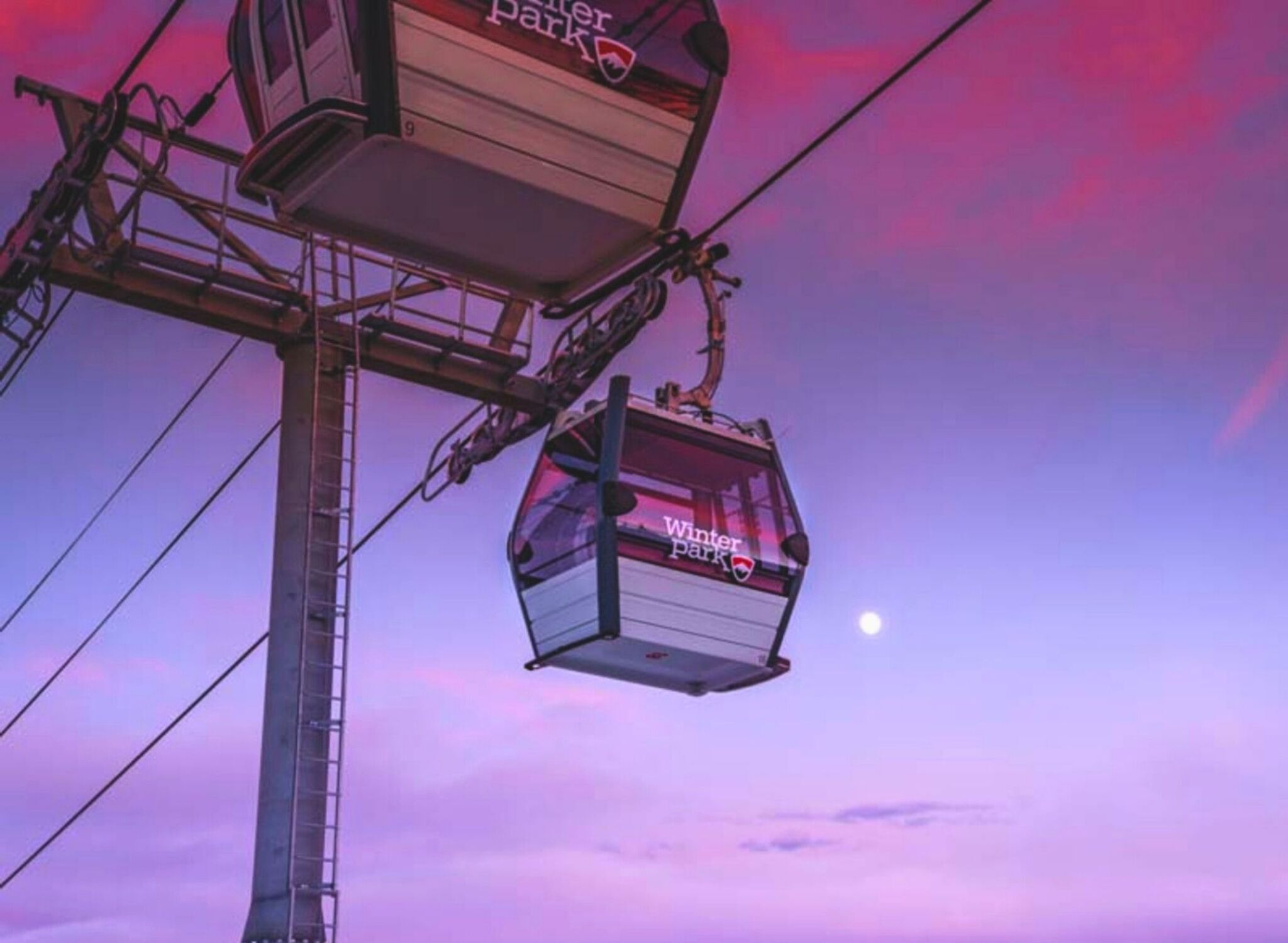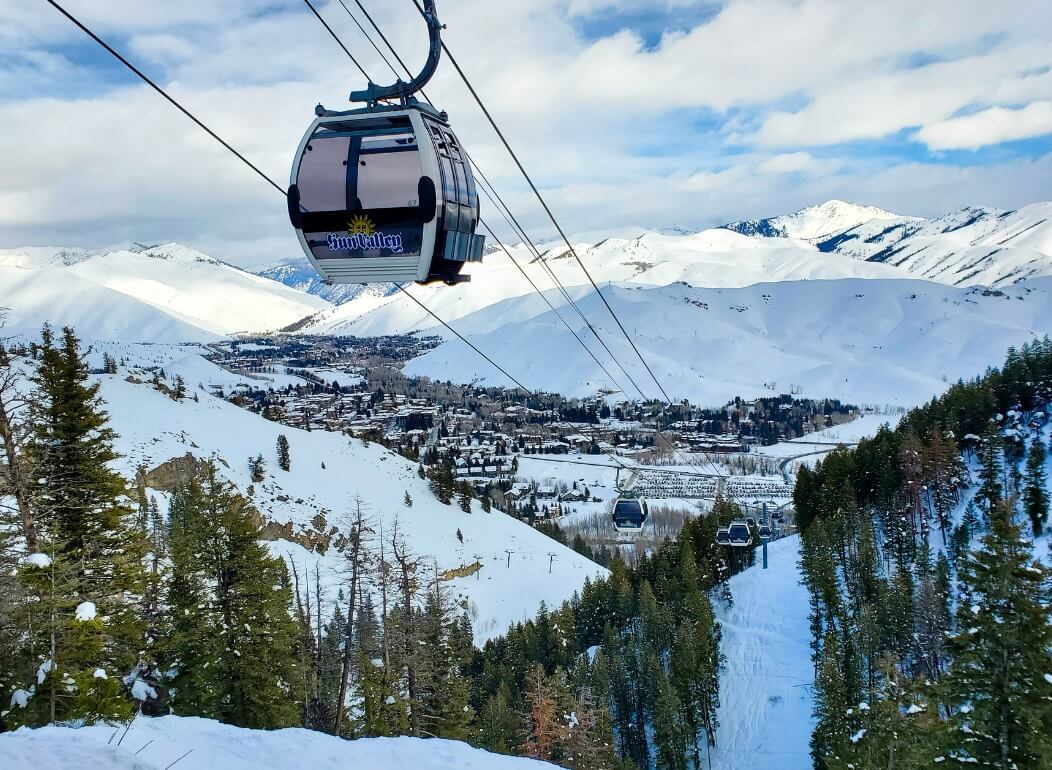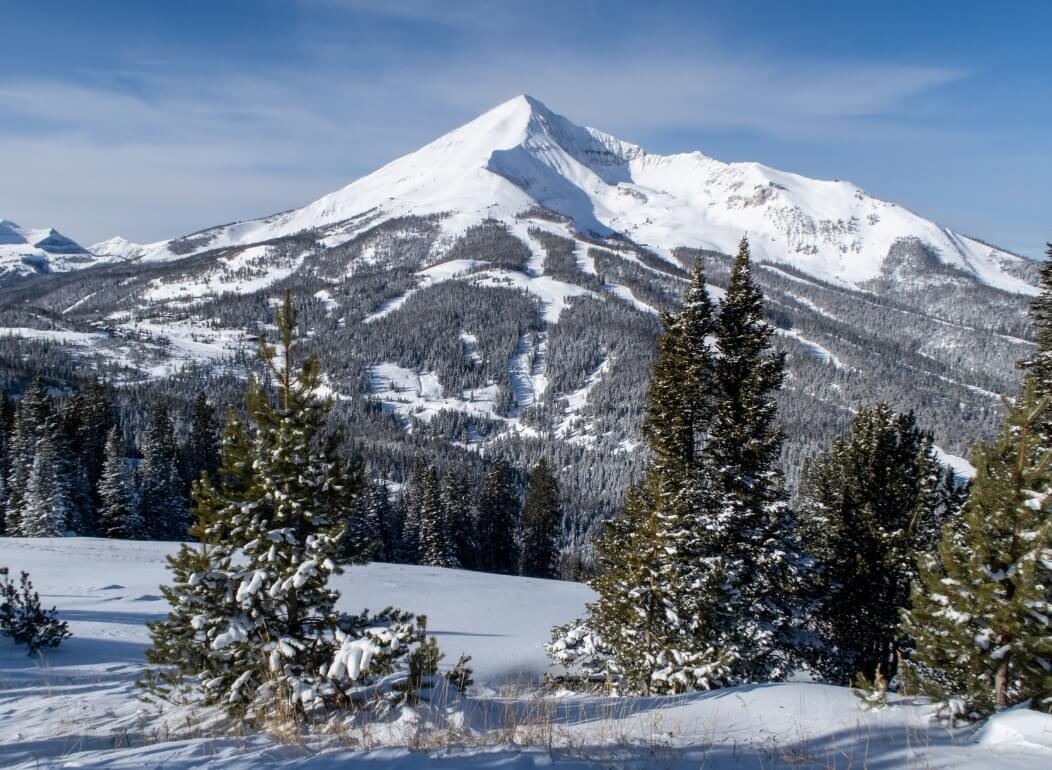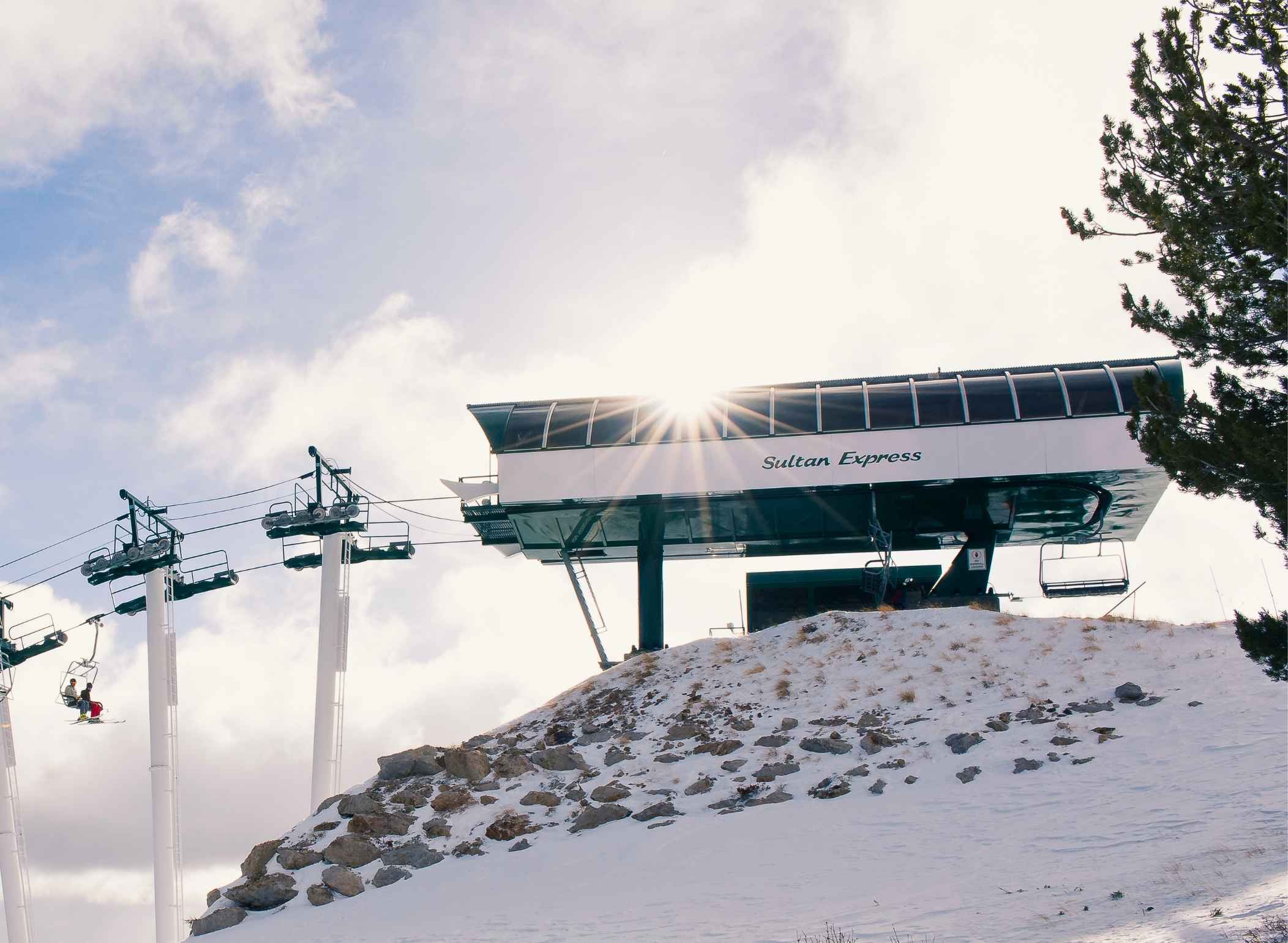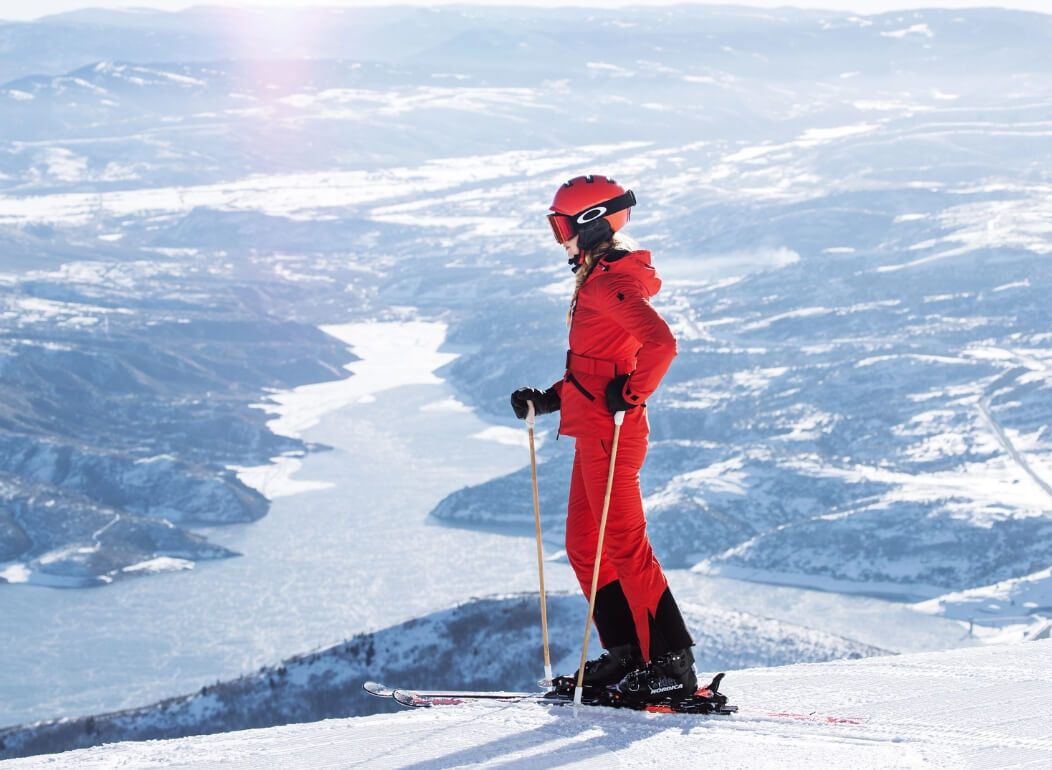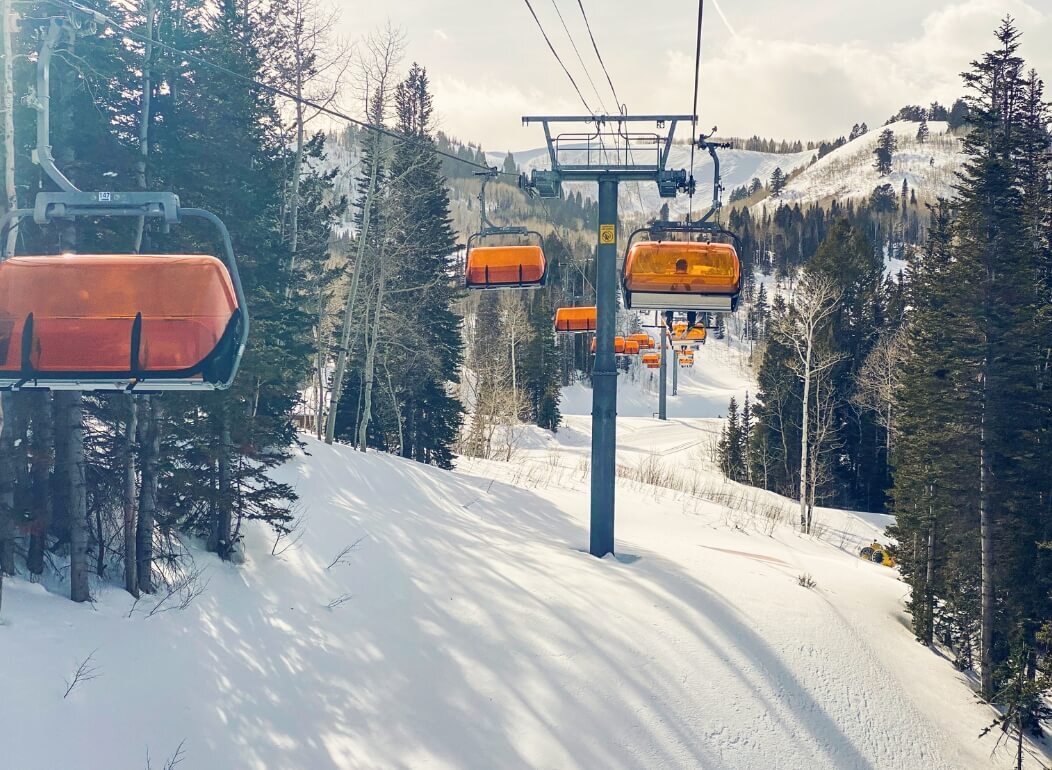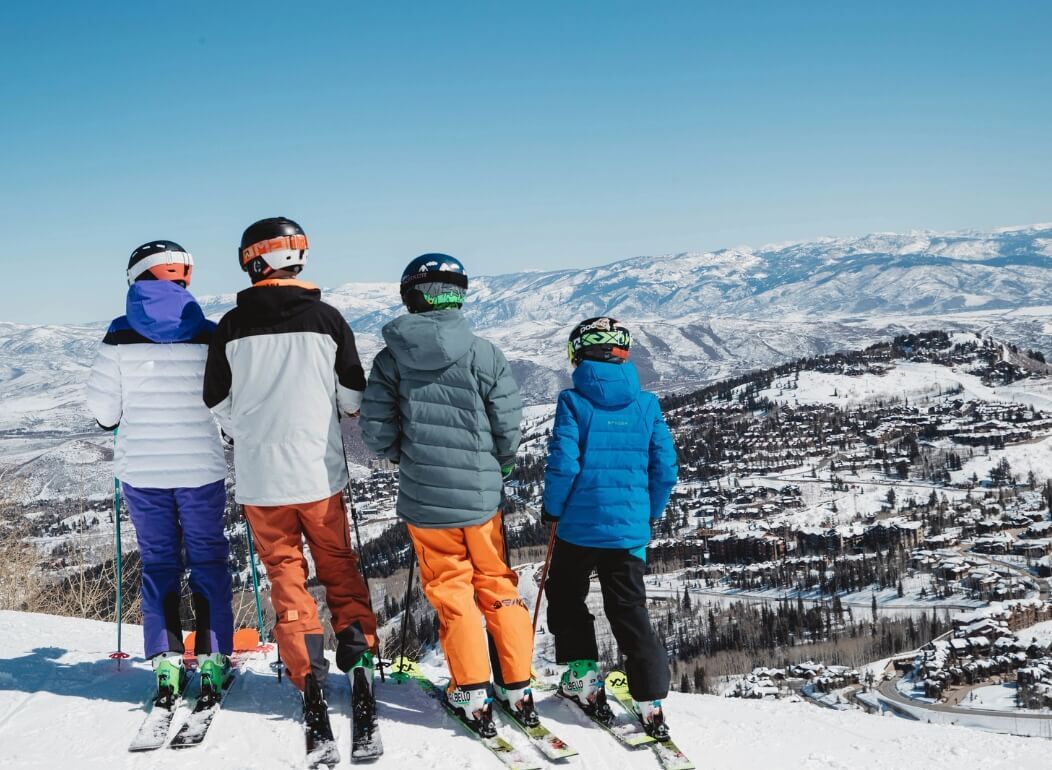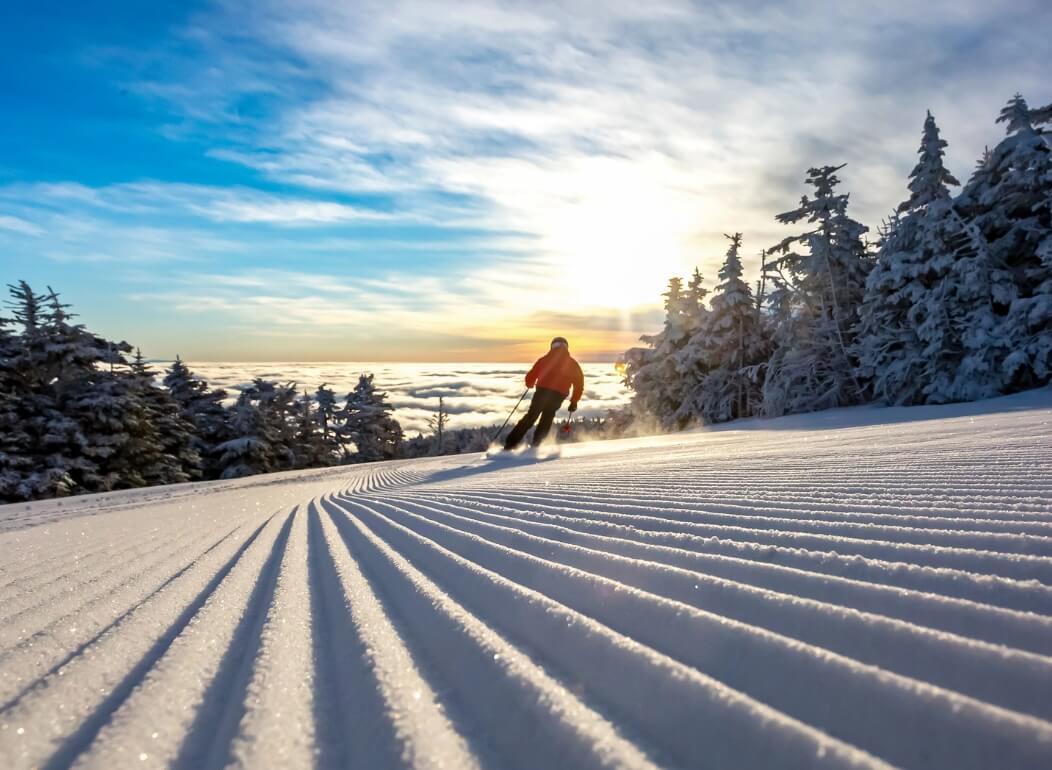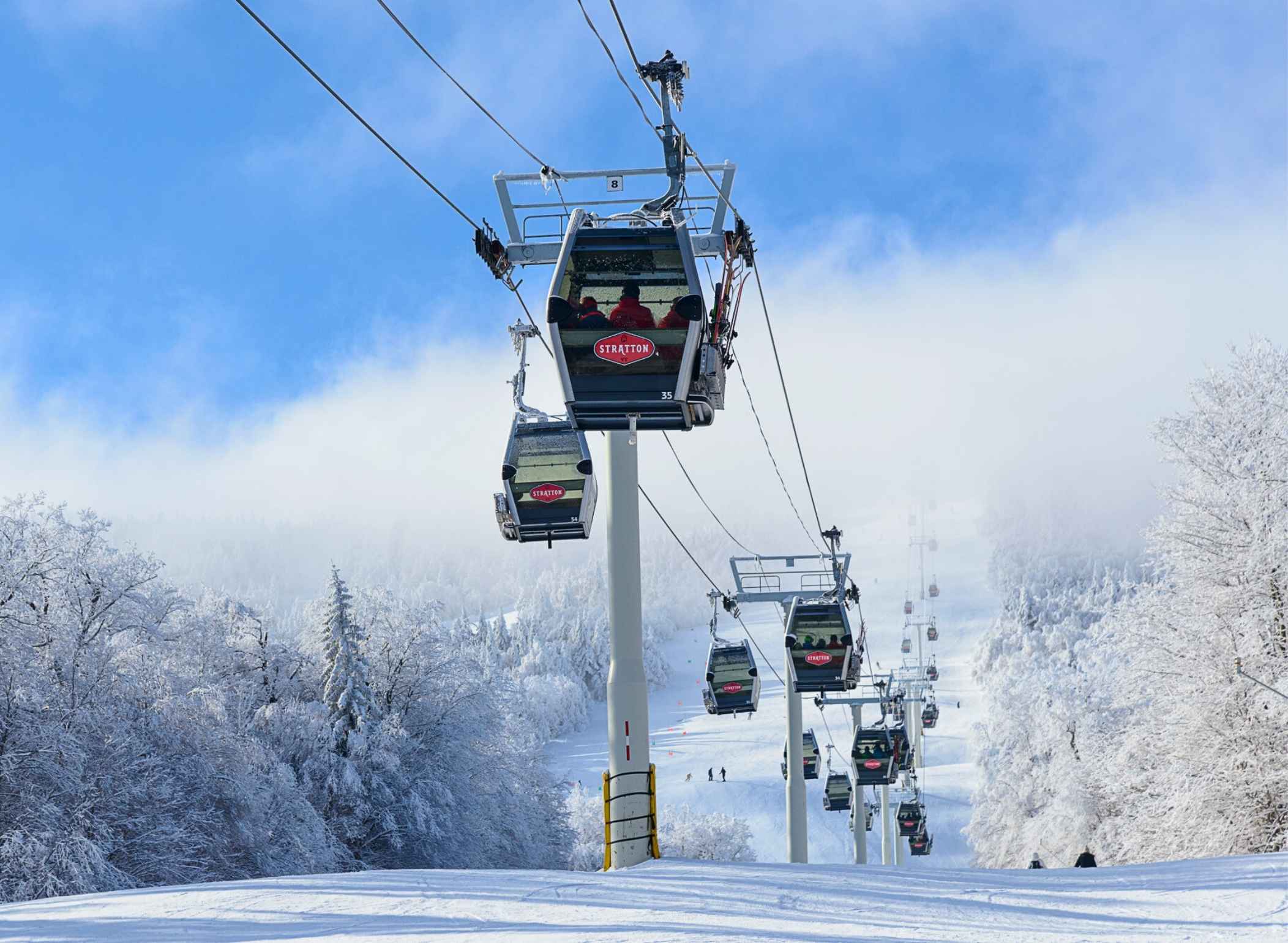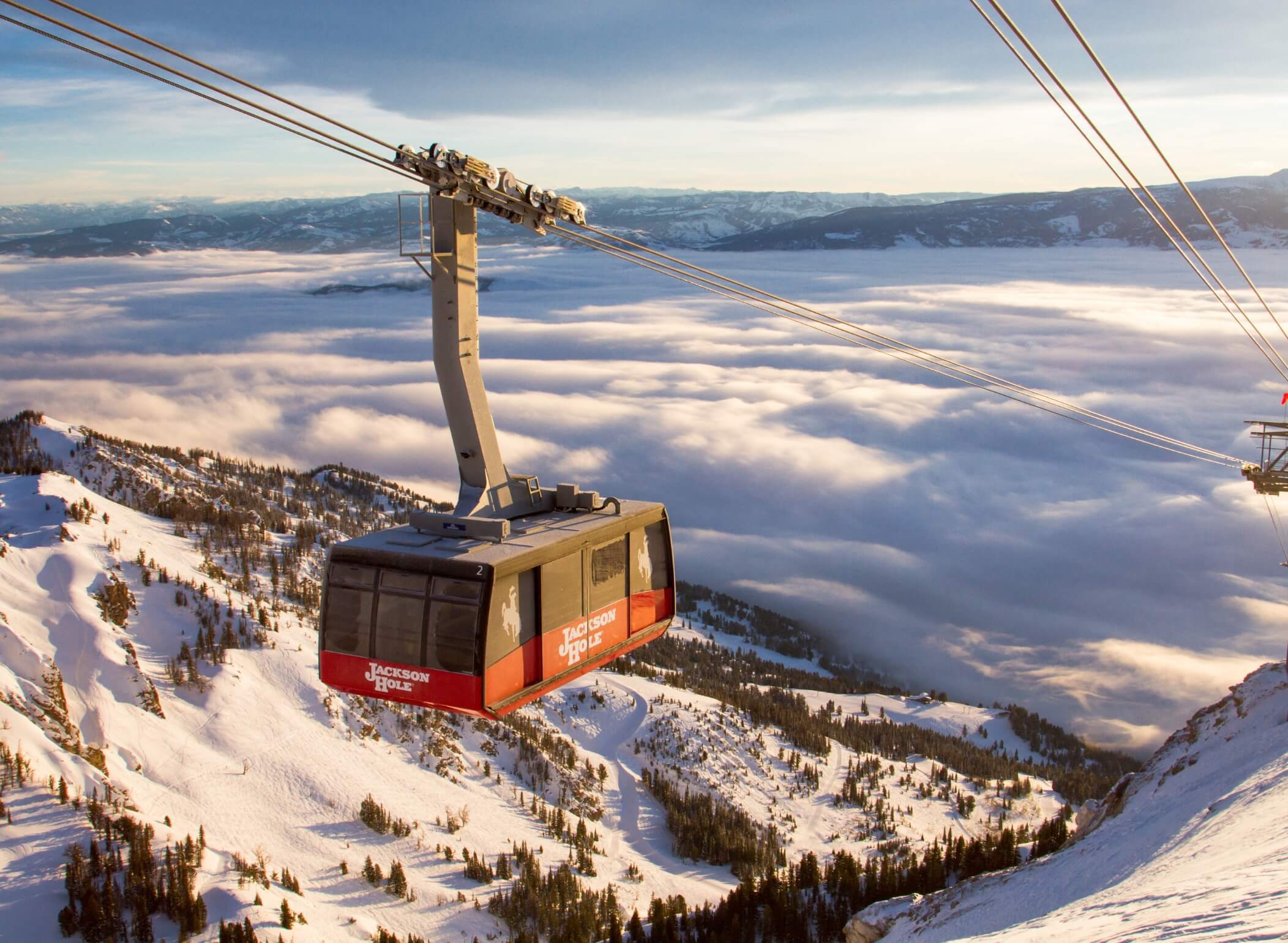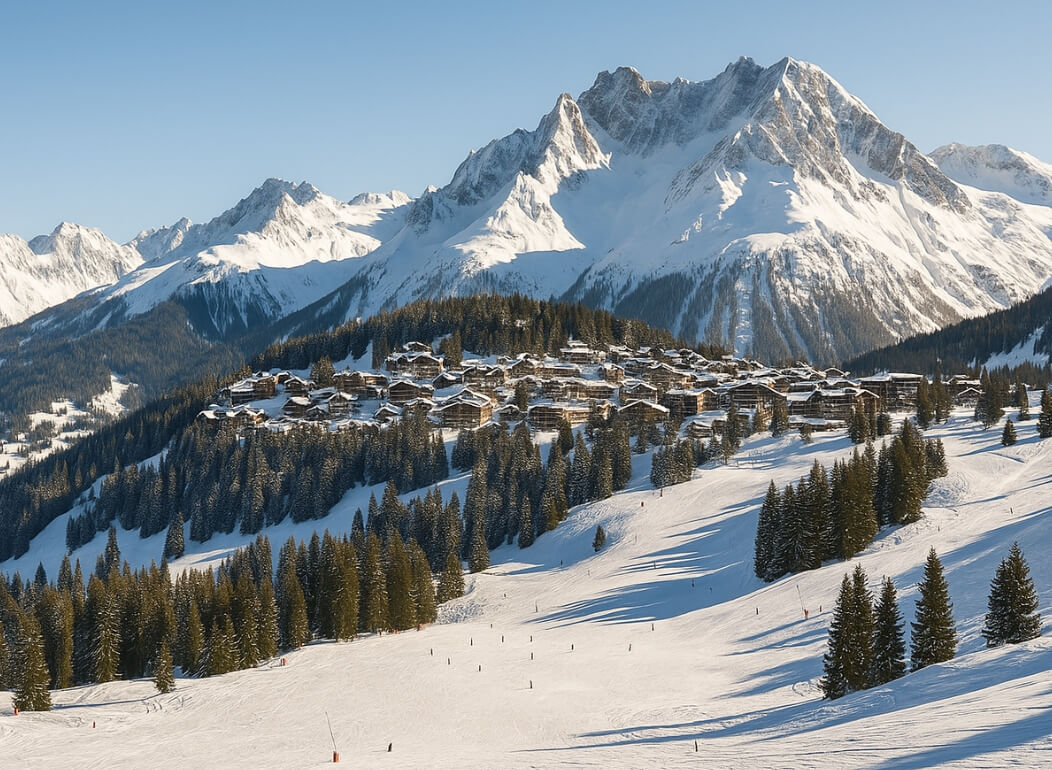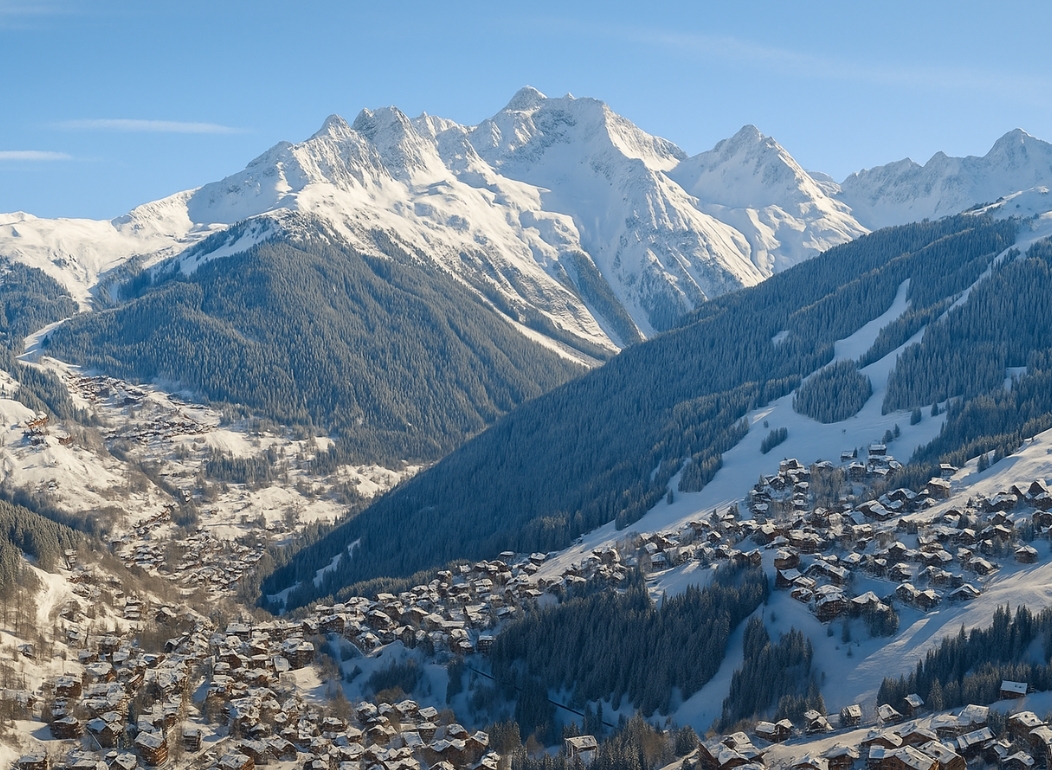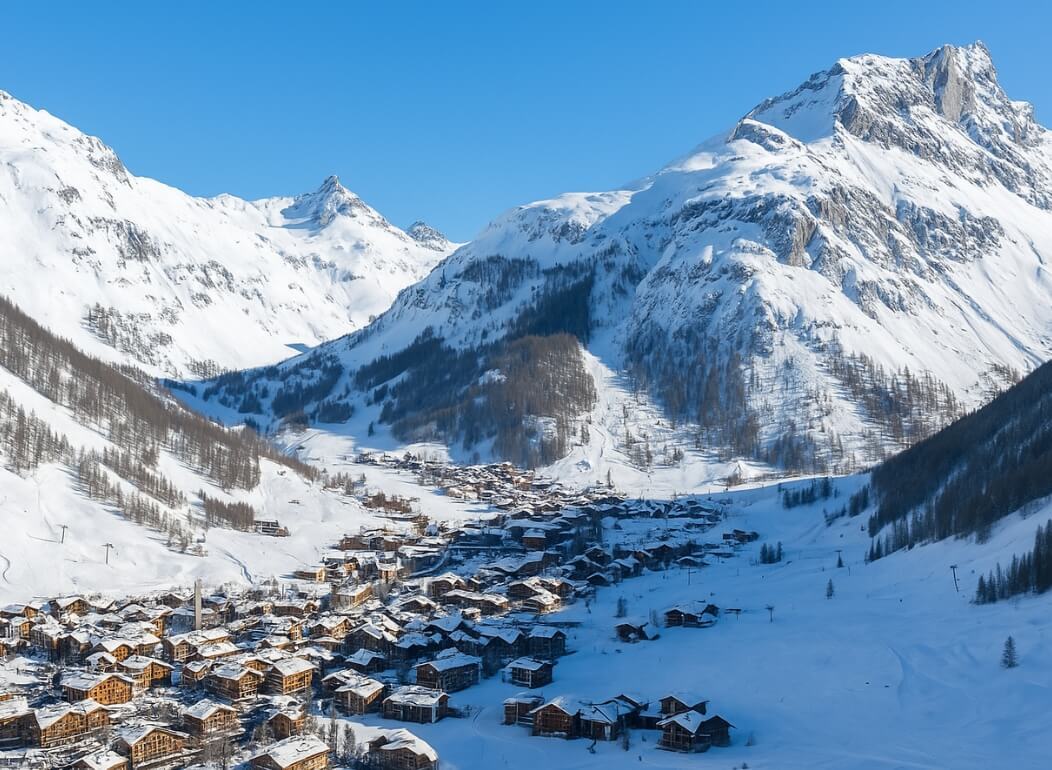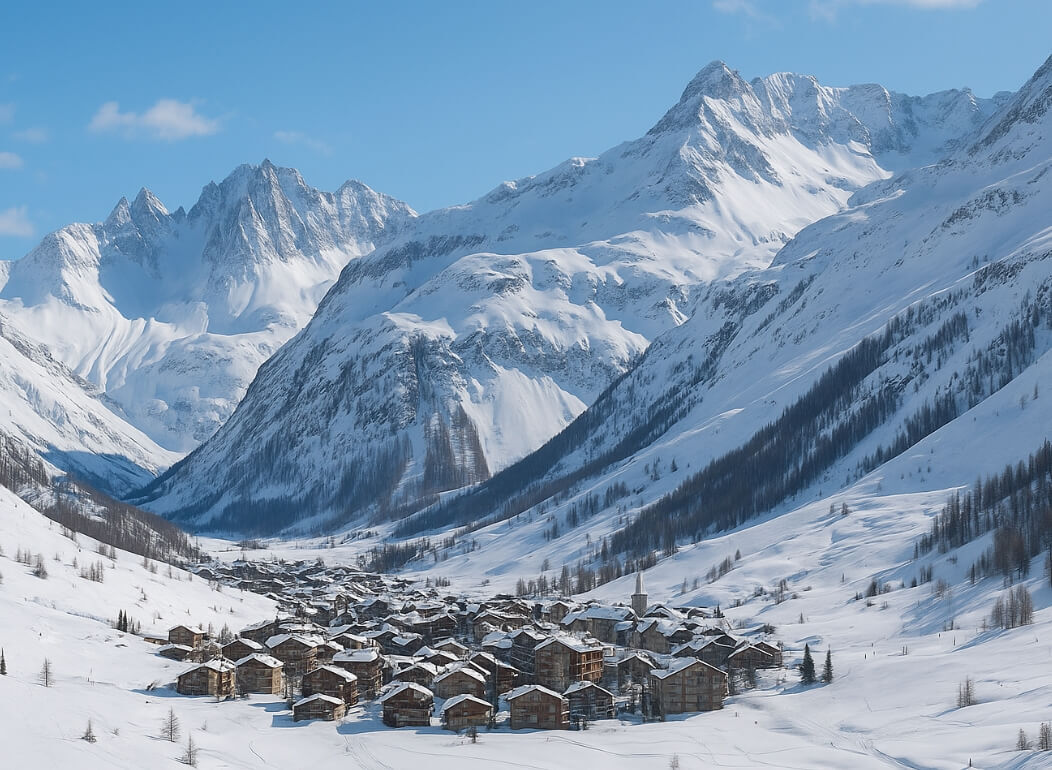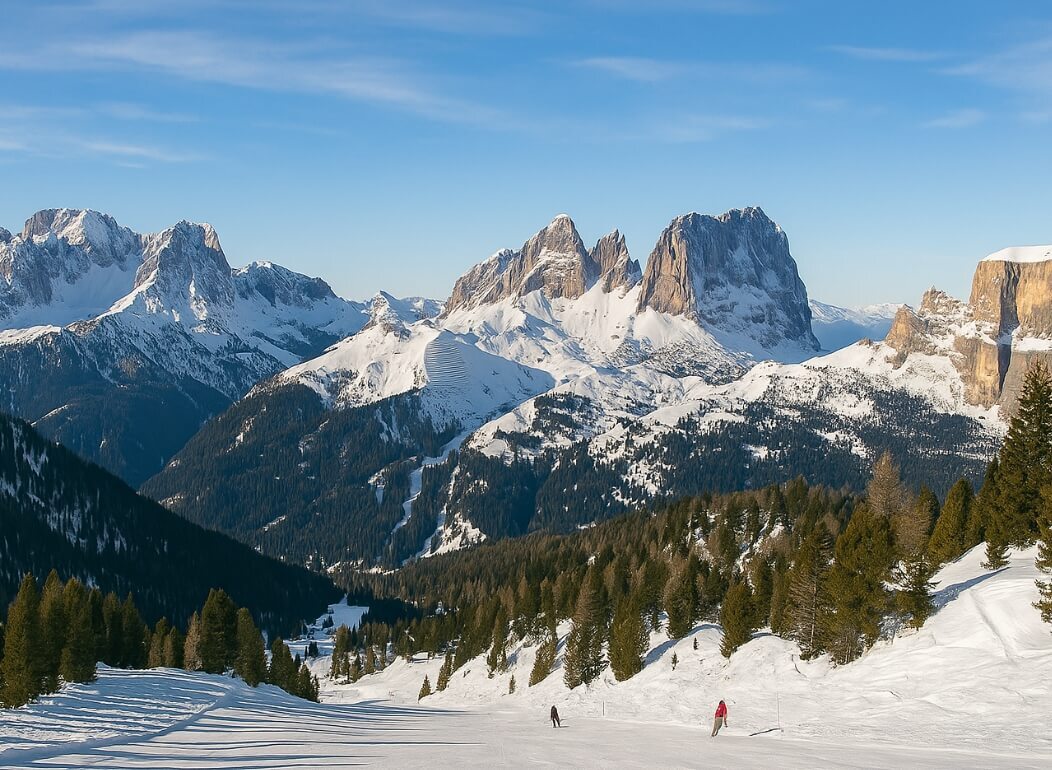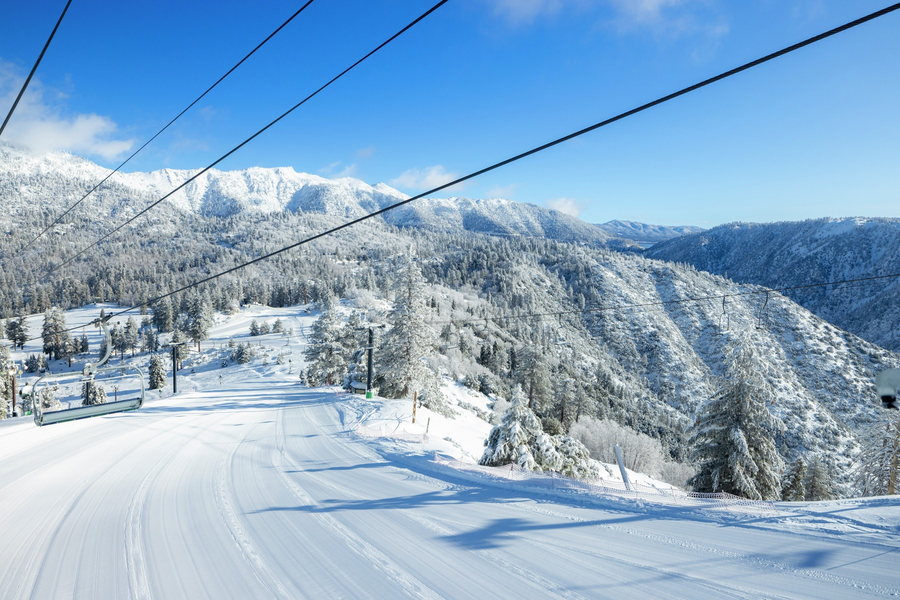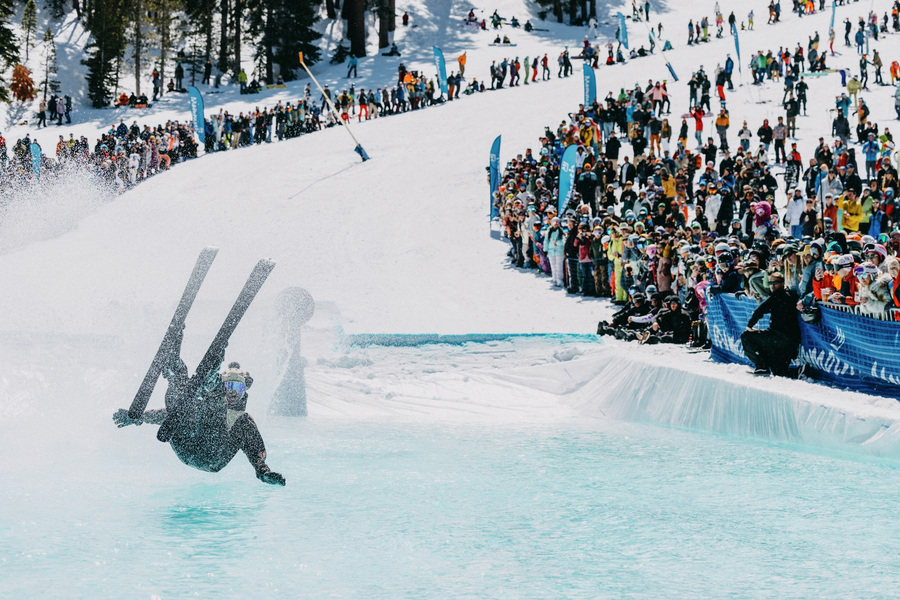A Simple Guide to the Perfect Boot Fit
The air is crisp with the hint of a coming winter and the auburn leaves begin to collect on the ground. The hills spread before you in an undulating sea of reds, yellows, and green pine. Pumpkin spiced latte in hand, you think to yourself as you peer through the rising steam lifting off of your cup, I love the fall. The moment is perfect. However, as an avid skier, this brief moment of solace will undoubtedly be interrupted by a single thought. It haunts you with the persistence of a pack of wild hyenas taking the scent of a wounded gazelle: I NEED NEW SKI BOOTS. Panic and fear grip your mind and thoughts of “shin bang”, broken toe nails, and frostbite begin to cut through your conscious. Your latte falls to the ground and the warm splash that hits the base of your pant leg begins to immediately turn to bone numbing torture. Amidst the calamity, your mind awakens with another thought: Where can I go? What do I do? How can I get a ski boot that fits me!?
Fear not. The perfect fit is not far away. You will live to survive another day of uninterrupted skiing from lift open to close. While you may not have the same irrational fears of a ski boot nightmare, you will have undoubtedly come across a ski boot that did not quite fit right and your day was cut short. This blog is aimed at shedding a bit of light on just how to get the perfect fit and what to look for so that you don’t encounter any “nightmares”.
A Very Basic Guide to Proper Boot Fitting:
Rule #1:
Wear ONE pair of the thinnest non-cotton ski socks you can find. Less is more in this case as circulation is what will ultimately keep your feet warm. Wool ski socks will wick moisture away from your skin and keep you warm on the hill all day.
Rule #2:
A ski boot should never, ever, ever, ever, ever, be too loose. It is essential that the boot is snug. I liken the proper boot fit to be like a firm handshake, with lots of unnecessary eye contact: it might feel a bit odd and maybe slightly uncomfortable, but it’s a good fit. A loose boot will give you a multitude of issues, “shin bang” being a primary one. Shin bang occurs when a boot is too lose and you are being led down the mountain by your skis instead of the other way around. This is caused by a stretching of your shin muscles due to the sloppy fit. You may notice this sensation by feeling like you are gripping with your toes or “in the back seat” when you are skiing. It is always bad and excruciatingly painful. Many liken this pain to a bruised feeling on your shins.
Remember this as a rule: A BOOT WILL NEVER GET TIGHTER, IT WILL ALWAYS GET LOOSER.
How to Ensure The Proper Fit:
With your nice pair of thin wool socks on, unbuckle and slide your foot into the boot. If it is difficult at first to get on, you might be onto something good. Just pull up and away on the tongue of the boot as your foot slides in. Once you’re in, buckle the boot from the bottom up starting at your toes. No need to crank all the way down on the buckles, just “thumb tighten” so that they are locked. Once you have all of the buckles down, sink into the boot to flex the boot by bending your knee toward your toes.
When standing normally (legs slightly bent to match the contour of the boot), you should feel the front or end of the boot with your toes. Touching the end is OK. You want to fill the space from the heel to the toe (remember the slightly uncomfortable handshake). When you flex again, your toes should slide back slightly from the front and your heel will set into the back of the boot (the heel pocket) nicely.
A boot might feel slightly uncomfortable at first but give it time and it will warm up to you. As you wear the boot, it will begin to contour to your foot and “pack out” to make way for your unique shape.
More Advanced Boot Fitting:
Remember, every boot is different. You want a boot that matches your skiing style and ability level. The boot is the main piece of equipment that transfers your movements to the ski and the snow so you want the best possible combination of boot style and fitment. More aggressive skiers who ski the steeps and demand precision will want a boot that has a stiffer flex index and is harder to flex into. Smaller or less aggressive skiers will want a softer boot that has a bit more give for ease of use.
Ultimately it all breaks down to sitting down (or standing up) and trying on a heaping pile of ski boots of all sizes, styles, and models.
The Bottom Line:
You need to consult a professional. At Ski Butlers, we are professionals at ensuring that the proper fit is achieved and that our guests can enjoy a fun filled and complete day of skiing from open to close. However, even our superhero staff have their limitations. When you are considering “stepping it up” and buying your own boots, consult a professional boot fitter who is going to take the time with you to fit you into the proper boot. Go to a place where they have many styles of boots and the time for you to try them all on.
Fall is upon us so relax, enjoy the spiced latte and take in the scenery. Boot fitting isn’t so bad after all! Sure enough, you will be enjoying crisp turns with a smile plastered on your face from when the lifts start turning to the last chair of the day.
For more information, check out the guys over at OnTheSnow.com for a more in-depth look into fitting into a ski boot: http://www.onthesnow.com/news/p/962/ski-boot-fitting-guide
Fear not. The perfect fit is not far away. You will live to survive another day of uninterrupted skiing from lift open to close. While you may not have the same irrational fears of a ski boot nightmare, you will have undoubtedly come across a ski boot that did not quite fit right and your day was cut short. This blog is aimed at shedding a bit of light on just how to get the perfect fit and what to look for so that you don’t encounter any “nightmares”.
A Very Basic Guide to Proper Boot Fitting:
Rule #1:
Wear ONE pair of the thinnest non-cotton ski socks you can find. Less is more in this case as circulation is what will ultimately keep your feet warm. Wool ski socks will wick moisture away from your skin and keep you warm on the hill all day.
Rule #2:
A ski boot should never, ever, ever, ever, ever, be too loose. It is essential that the boot is snug. I liken the proper boot fit to be like a firm handshake, with lots of unnecessary eye contact: it might feel a bit odd and maybe slightly uncomfortable, but it’s a good fit. A loose boot will give you a multitude of issues, “shin bang” being a primary one. Shin bang occurs when a boot is too lose and you are being led down the mountain by your skis instead of the other way around. This is caused by a stretching of your shin muscles due to the sloppy fit. You may notice this sensation by feeling like you are gripping with your toes or “in the back seat” when you are skiing. It is always bad and excruciatingly painful. Many liken this pain to a bruised feeling on your shins.
Remember this as a rule: A BOOT WILL NEVER GET TIGHTER, IT WILL ALWAYS GET LOOSER.
How to Ensure The Proper Fit:
With your nice pair of thin wool socks on, unbuckle and slide your foot into the boot. If it is difficult at first to get on, you might be onto something good. Just pull up and away on the tongue of the boot as your foot slides in. Once you’re in, buckle the boot from the bottom up starting at your toes. No need to crank all the way down on the buckles, just “thumb tighten” so that they are locked. Once you have all of the buckles down, sink into the boot to flex the boot by bending your knee toward your toes.
When standing normally (legs slightly bent to match the contour of the boot), you should feel the front or end of the boot with your toes. Touching the end is OK. You want to fill the space from the heel to the toe (remember the slightly uncomfortable handshake). When you flex again, your toes should slide back slightly from the front and your heel will set into the back of the boot (the heel pocket) nicely.
A boot might feel slightly uncomfortable at first but give it time and it will warm up to you. As you wear the boot, it will begin to contour to your foot and “pack out” to make way for your unique shape.
More Advanced Boot Fitting:
Remember, every boot is different. You want a boot that matches your skiing style and ability level. The boot is the main piece of equipment that transfers your movements to the ski and the snow so you want the best possible combination of boot style and fitment. More aggressive skiers who ski the steeps and demand precision will want a boot that has a stiffer flex index and is harder to flex into. Smaller or less aggressive skiers will want a softer boot that has a bit more give for ease of use.
Ultimately it all breaks down to sitting down (or standing up) and trying on a heaping pile of ski boots of all sizes, styles, and models.
The Bottom Line:
You need to consult a professional. At Ski Butlers, we are professionals at ensuring that the proper fit is achieved and that our guests can enjoy a fun filled and complete day of skiing from open to close. However, even our superhero staff have their limitations. When you are considering “stepping it up” and buying your own boots, consult a professional boot fitter who is going to take the time with you to fit you into the proper boot. Go to a place where they have many styles of boots and the time for you to try them all on.
Fall is upon us so relax, enjoy the spiced latte and take in the scenery. Boot fitting isn’t so bad after all! Sure enough, you will be enjoying crisp turns with a smile plastered on your face from when the lifts start turning to the last chair of the day.
For more information, check out the guys over at OnTheSnow.com for a more in-depth look into fitting into a ski boot: http://www.onthesnow.com/news/p/962/ski-boot-fitting-guide
